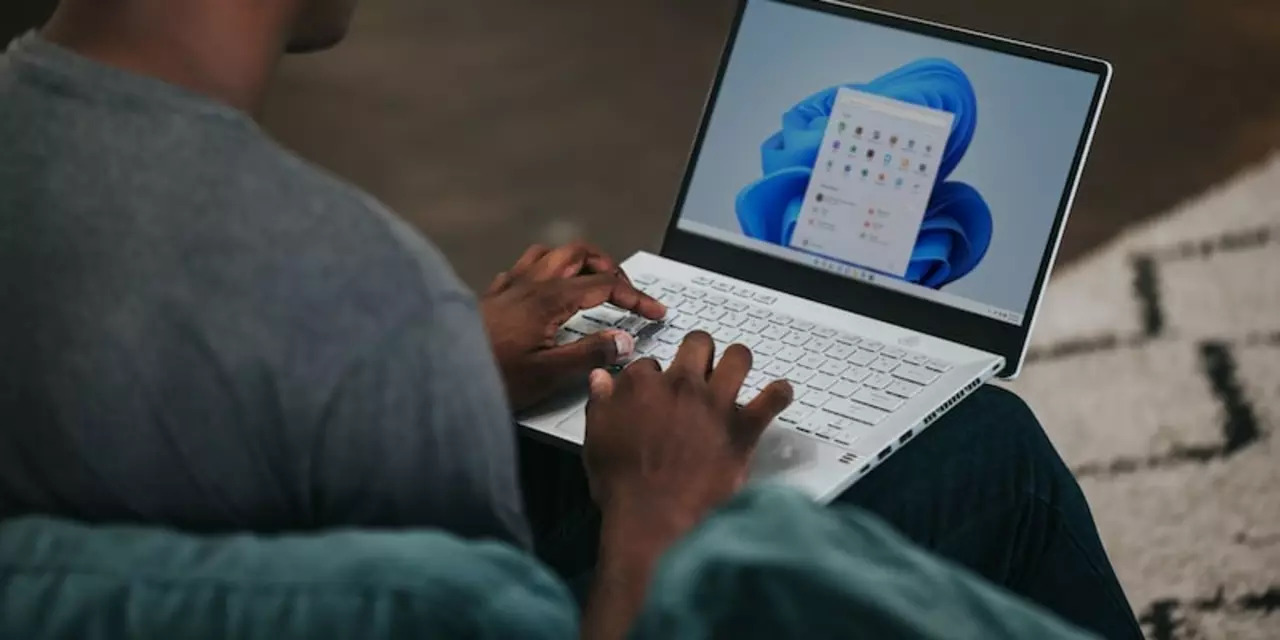
Fast Charging: How to Power Up Your Phone Quickly and Safely
Ever feel annoyed waiting for your phone to charge? Fast charging can cut that wait time in half, but only if you do it right. Below are the basics you need to know to get the most out of a quick‑charge setup without hurting your battery.
Choosing the Right Charger
The first step is picking a charger that actually supports fast charging. Look for labels like Quick Charge (QC), USB‑Power Delivery (USB‑PD), or a wattage rating of 18 W or higher. A 20 W USB‑PD charger will fill most phones faster than a standard 5 W adapter.
Don’t forget the cable. A cheap, thin cable can bottleneck the power flow. Opt for a cable that says it’s rated for the same wattage as your charger – usually a thicker, USB‑C to USB‑C or USB‑C to Lightning cable works best.
If you’re buying a charger, check the phone’s manual or manufacturer site. Some phones only work with specific protocols, so a QC‑3.0 charger might be useless for a device that needs USB‑PD.
Best Practices for Safe Fast Charging
Fast charging pushes more current into the battery, which generates heat. Too much heat can shrink the battery’s lifespan, so keep a few habits in mind:
- Don’t cover the phone while it’s charging. Remove cases that trap heat, especially bulky silicone ones.
- Charge in a cool room. A hot environment adds extra heat; a temperature under 25 °C is ideal.
- Unplug at 80‑90 % if you can. Modern phones stop charging at 100 % anyway, but stopping a bit earlier reduces stress.
- Avoid using the phone heavily while it’s charging. Gaming or video streaming adds heat and slows the charge speed.
If you travel a lot, a small USB‑PD power bank is a game changer. It can deliver 18‑30 W on the go, letting you fast‑charge wherever you are.
Finally, keep your software updated. Phone manufacturers often tweak charging algorithms to improve speed and safety. A quick check for system updates can give you a noticeable boost.
With the right charger, a good cable, and a few safe‑charging habits, you’ll notice your phone reaching full power in minutes instead of hours. Try these tips tomorrow and enjoy a faster, healthier battery life.
